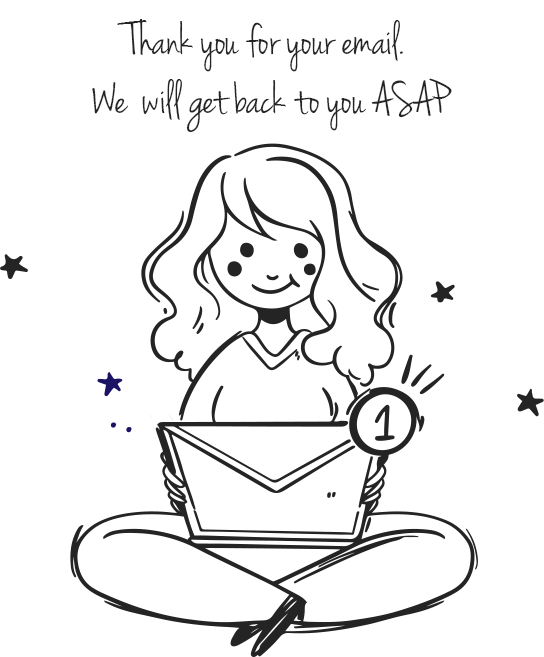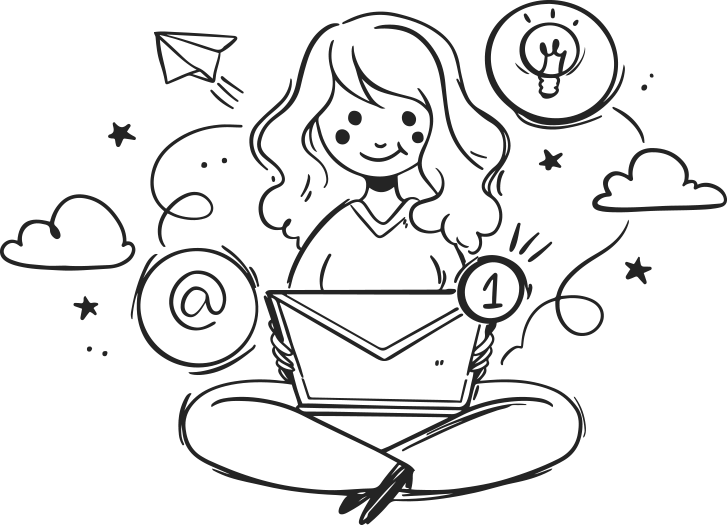Automation is big right now. It not only reduces manual effort, but it also eliminates human error. The world is slowly shifting towards automation and the world of automation is no different. One of the technologies that the world has embraced is the humble autoresponder. It is effective and it is engaging and, more importantly, it is very straightforward. But, how can you use them in the most beneficial way?
Autoresponders are messages that (as the name suggests) are sent automatically in response to the receipt of another message or action. The favored medium used is email, but text messages and instant messages are also gaining favor.
The most common use of an autoresponder is to send a reply to an inbound email acknowledging receipt of the message, for example: “Thank you for your email. A member of our team will get back to you as soon as possible.”

Personally, when I receive an acknowledgment receipt when I make a purchase, it reassures me. It tells me that they have got my request and will act on it soon. But, autoresponders are more than that. They have come a long way and now support advanced features like conditions, triggers, and notifications. It has now slowly traversed into the realm of marketing automation.
What is an autoresponder sequence?
An autoresponder sequence works initially in the same way as a standard autoresponder, but a series of further messages are sent at predetermined intervals after the original message. This is also called drip marketing or drip nurturing as the message nurture the leads drip by drip (think irrigation)
This gives the person who signed up the time to read and act on the previous message and not be overwhelmed with a large amount of information in one go.
Check out this cool infographic from one of our previous posts.
Automating processes with autoresponders
The two main uses for autoresponders for businesses are to build a stronger relationship with the customer/lead and to assist with the sales process.
With an autoresponder sequence as described above, both of these actions can happen simultaneously. However, there are more interesting ways to develop these systems.
Let’s take the example of a business selling Widgets. There are many different Widgets, all serving different functions. Website Visitor A has decided that they are interested in Widget 223, while Website Visitor B has an interest in Widget 107.
On the product page for each of these widgets is a form that suggests visitors enter their email address to obtain more information. Both Visitor A and Visitor B enter their details.
Both receive the same “Welcome” email, but then enter a different response sequence. Visitor A receives a technical specification for Widget 223, and the following day gets a message about Widget 227 – it has all the features of Widget 223 but is available in a smaller form factor. Because Visitor A finds this interesting, they click a link to see more – which switches them to a different sequence based on products that have a smaller form factor.
Visitor B gets their specification sheet for Widget 107, and the following day gets information on Widget 52 – it’s exactly the same as Widget 107, but bright red. They don’t click the link.
The next day Visitor B receives information on Widget 495 – it’s not particularly related to the other Widgets but is on special offer. They don’t click the link.
The next day Visitor B receives another email about Widget 107 and is offered a 10% discount if they buy two. Visitor B clicks the link and buys two. Visitor B is now known to like special offers on a particular type of Widget, so whenever a deal is available, they will receive messages about it.
Both Visitors will receive regular weekly or monthly emails about the Widget Company with general information and news, just to build brand awareness and to help them feel like they are being kept in touch.
In the case of many companies, sales won’t be directly made from emails, but the first few steps of the sales process can be completed by an autoresponder sequence before the task is passed to a human salesperson.
It may be that the autoresponder sequence, in this case, goes from “Welcome” to “Tech Specs” to “Can we help you choose a product?” or something similar – responding to the third message will show that the visitor has a true interest in the product and has become a self-qualified lead.
By only needing to configure an autoresponder sequence once, your sales team is free to talk to the qualified leads, rather than sending out potentially hundreds of emails to people who are not really interested. This saves a massive amount of time and frustration.
Handle questions beforehand
Autoresponders can also be used to relieve the need for support staff (or even sales staff) to repeatedly answer the same question.
If, from the above example, Visitor A has requested information on Widget 223 but the company knows that the most common question is, “Will Widget 223 function in the same system as Widget 79 without a converter?” the welcome message can be customized to give the answer.
After the standard welcome phrases are included, a sentence like, “Widget 223 is not compatible with Widget 79 in an existing system. If you have Widget 79, you need this converter (Converter 272 – click here) or to use Widget 224 instead of Widget 223. Click here for more info on Widget 224.”
All the potential options for what the visitor could require are covered, no questions need to be asked, and direct links to the product pages are included.
Telling a Story
A final use for autoresponders is to engage the website visitor with a story. You can tell the story of a business owner who faced certain problems, and how using a particular Widget, his problems were solved. So, you can something like, “Want to solve the same problem as Business Owner A? Click on this link to know more”.
The narrative will build trust and encourage the purchase of appropriate widgets, constantly progressing the lead through the sales process without even needing to make them aware of it.
The end result is more sales with less human input required, effectively automating whole sections of the sales process and providing a stream of self-qualified leads to the sales team.
Are you sold on the importance of autoresponders? Then why don’t you try LeadSquared to help you automate your nurturing flow?









